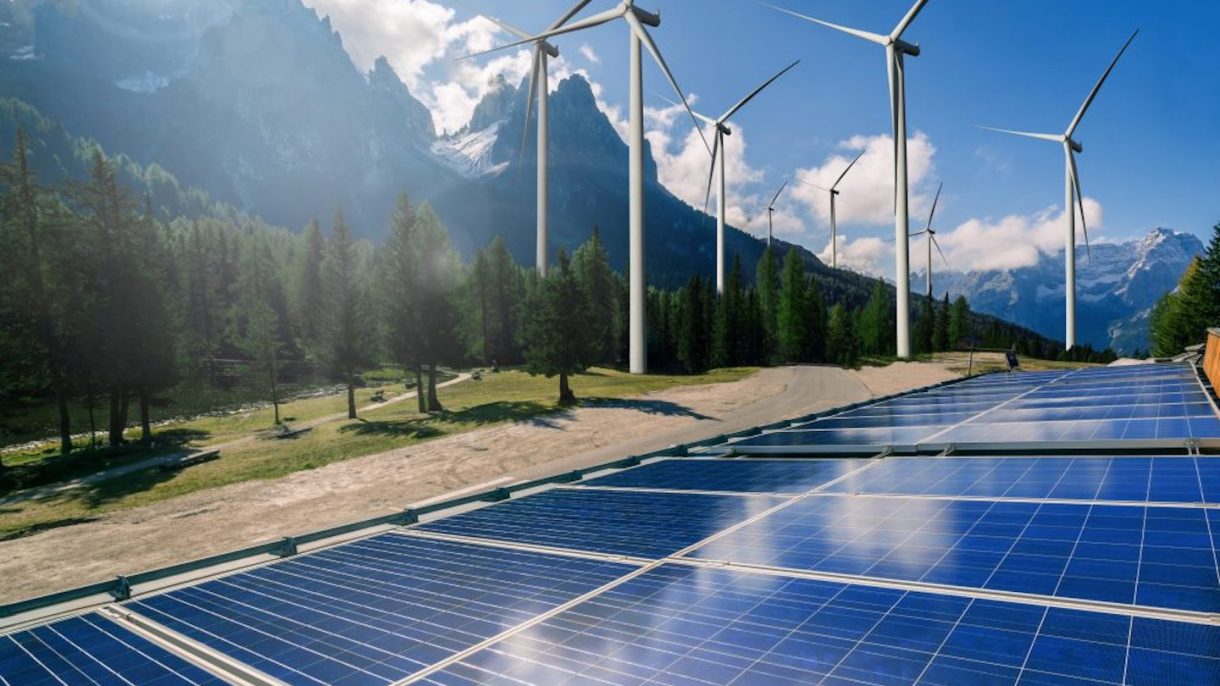Economic growth was not possible without an efficient and modern infrastructure as it helps in reducing the transaction costs and time, fosters trade and investment, both local and foreign, and helps in achieving the economies of scale. Production not only can keep pace with the demand when inputs and resources become available on time but also at competitive prices. It was therefore imperative that the government makes as much investment as possible for improving the quality of infrastructure as well as its coverage so as to help industry and business compete in the market and foster development.
In the contemporary era, electricity was considered to be a potential driver of a nation’s economy and with the commitment towards the 2030 agenda for Sustainable Development, affordability, reliability, sustainability and accessibility have become indispensable straits of electricity. The present day scenario comprised an excess of expensive electricity in the national grid, leading to ever growing problems of circular debt for the federal government. As such, the need of the hour was not to fund new power generation project from the Public sector Development Programme (PSDP) unless it was a least -cost project under Indicative Generation Capacity Expansion Plan. Energy mix for power generation will progressively be shifting towards domestic coal, renewable and hydropower sources as the least cost and sustainable option, the official sources concerned said when contacted.
In the coming years, according to the official sources, strengthening of Transmission and Distribution network and energy provisions in the Special Economic Zones (SEZs) was going to be prioritized from the public investment, Investment through PSDP will only be made in projects identified in the Transmission System Expansion Plan while in the distribution companies DISCOs, the PSDP financing for DISCOs will be kept limited to the strategic roadmap prepared by the DISCOs under National Electricity Plan.
By the end of financial year 2021-22, 3275 MW installed capacity was added to the national grid, with nuclear plants topping the list with a contribution of 1145 MW and increasing the cumulative toll to 37951 MW.
During financial year 2022-23,2928 MW of new generation capacity was being added to the national grid including major contribution of 1650 MW from local coal. Consequently, increasing cumulative capacity to 40879 MW. NTCDC Power System Planning Department has already confirmed that the available capacity will be 32703 MW and 22339 MW against estimated peak load of 26346 MW and 15410 MW during summer and winter seasons respectively. The capacity addition at distribution level of 132kv MVA will be added on 220kv level. the capacity addition at distribution level of 132kv voltage level will be 4385 MVA with the addition of 1614219 consumer and electrification of 10506 villages during financial year 2022-23.






